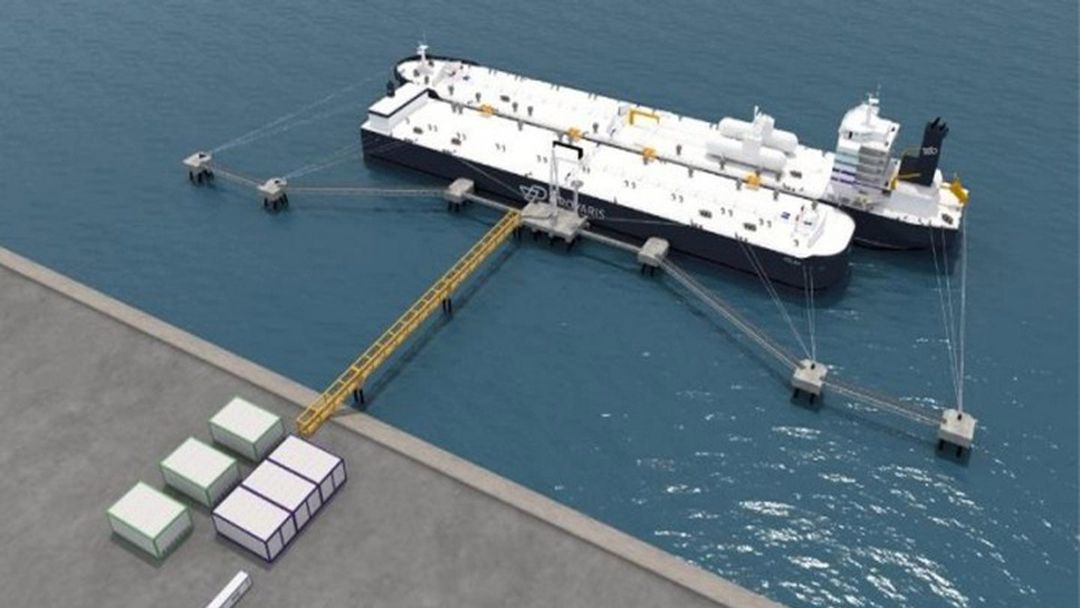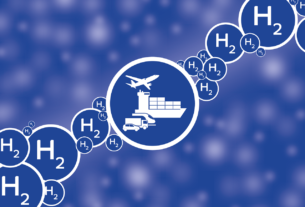United States – Provaris Energy has launched a new seaborne hydrogen compression storage technology called H2Leo.
The system is designed to complement the company’s existing compressed hydrogen transportation solution by providing flexible, modular storage that can expand to up to 2,000 tonnes of storage, with an initial storage capacity of between 300 to 600 tonnes. The American Bureau of Shipping (ABS) has provided “Approval In Principal” for the H2Leo storage solution, allowing Provaris Energy to demonstrate the effectiveness of its technology to project partners and regulatory bodies.
The H2Leo technology aims to address one of the main barriers to the use of hydrogen as a base load fuel in the global energy market: the difficulty and cost of storing hydrogen. Creating a cost-effective, environmentally friendly solution will be vital to decarbonization and efforts to replace hydrocarbon-based fuels.
Cheaper solution
Provaris expects the H2Leo to cost between US$200,000 to US$300,000 per tonne, which the company says is significantly cheaper than onshore solutions. The H2Leo is designed to enable greater flexibility and optimization within a compressed hydrogen supply chain, specifically PV1’s hydrogen projects, and reduce the total cost of supply by providing buffer storage in export and import locations.
The development of H2Leo will run parallel to the remaining engineering and approvals for the H2Neo carrier, targeting prototype testing and final class approval later this year, with H2Leo set to become available in 2025.
The H2Leo technology represents a natural extension of Provaris Energy’s compressed hydrogen intellectual property, which includes hydrogen transportation, compression, and storage solutions. The company has invested heavily in R&D and has a significant patent portfolio covering its hydrogen technologies.
Challenges
However, there are still potential challenges surrounding the widespread adoption of hydrogen as a fuel source. While hydrogen is abundant and clean, the process of producing hydrogen from renewable sources is still expensive and requires significant investment in infrastructure. Additionally, hydrogen is difficult to transport and store due to its low density and high flammability, requiring specialized technology and safety measures.
Despite these challenges, the demand for clean, renewable energy sources is driving investment and innovation in the hydrogen sector. The development of cost-effective, environmentally friendly storage solutions like H2Leo will be essential to the continued growth of the hydrogen market.




